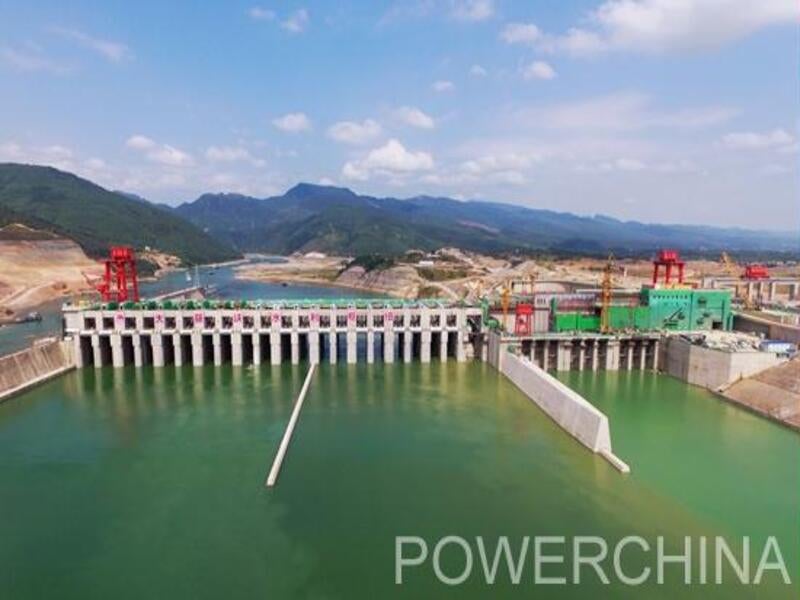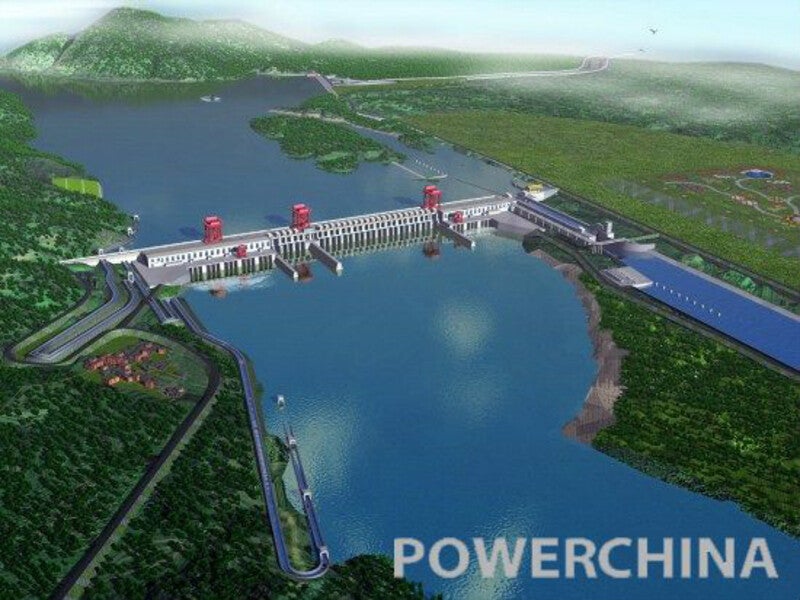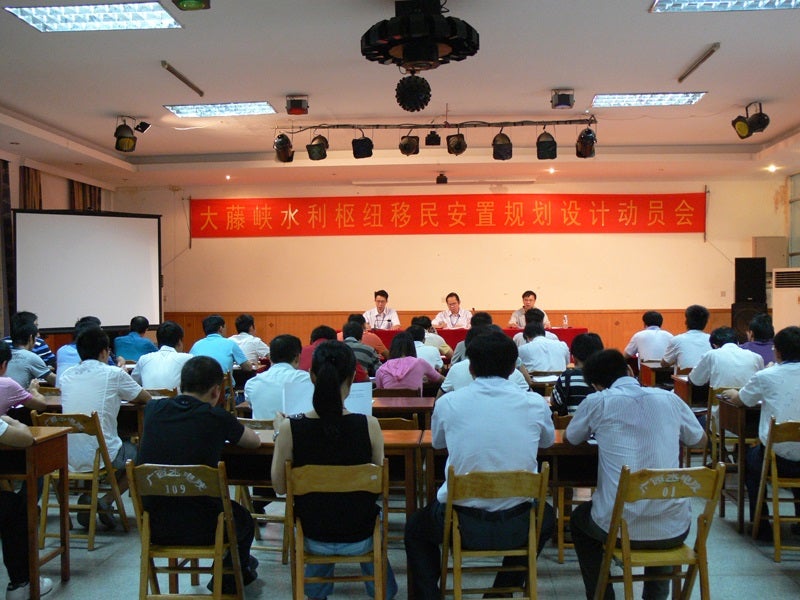The Datengxia water conservancy hydropower project is a 1.6GW water conservancy cum power generation project being constructed in the Guangxi autonomous region in southern China.
Guangxi Datengxia Water Conservancy Project Development Company is building the hydropower station with an aim to provide flood control in the Pearl River basin and improve water security in the Guangdong-Hong Kong-Macao Greater Bay area.
The total cost of the project is estimated to be approximately £3.69bn ($5.61bn) and the initial construction works were started in 2014.
The Datengxia hydropower station is expected to generate 6.055 billion kWh of electricity annually, once fully operational in 2023.
Location and site details
The Datengxia water conservancy project is located on the Qianjiang River, a short section of the Xijiang River in Guiping city, at Pearl River basin, China.
It lies at the exit of the Datengxia Gorge, the largest and longest canyon in the Guangxi Zhuang autonomous region (GZAR).
Datengxia hydropower project make-up
The Datengxia hydropower station includes eight sets of Kaplan axial-flow, paddle-type hydro turbine generators of 200MW capacity each.
Of the eight turbine-generator sets, five will be located on the right bank of the river with the remaining three on the right bank.
Unit 8 on the left bank was put into service in July 2020, following the commissioning of units 6 and 7 in April and May 2020, respectively.
The construction of the remaining units on the right bank is currently underway.
Reservoir and dam details
The normal storage level of the reservoir is 61m, while the total reservoir capacity is approximately 3.48 billion cubic metres (bcm) with a regulating storage capacity of 1.5bcm.
The project employed a two-stage diversion method for the river closure. The first stage diversion enclosed the left bank, while the second stage encompasses the right bank.
The first stage involved the construction of a cofferdam, 20 low-discharge holes in the riverbed, one high-discharge hole, left bank powerhouse, ship lock, and water retaining Qianjiang and Nanmujiang auxiliary dams.
It achieved the closure of the river for the discharge of Qianjiang river water through left bank sluice gates in October 2019. The trial navigation of the ship lock took place in March 2020.
The second stage includes an upstream earth-rock cofferdam, downstream earth-rock cofferdam, and longitudinal concrete cofferdam. It also involves the construction of four low-discharge holes in the riverbed, one high-discharge hole, the right bank powerhouse, and the water-retaining dams.
Power evacuation
The electricity generated by the Datengxia hydropower station will be fed into the Guangxi power grid through a 220kV power transmission line.
Contractors involved
Sinohydro Bureau 8, a subsidiary of PowerChina, was contracted for the construction of the right bank of the project in April 2019. It was also responsible for the construction of the left bank of the hydropower station.
Harbin Electric Group was contracted for the supply of three hydro-generator sets along with ancillary equipment for the left bank powerhouse of the Datengxia hydropower project in June 2016. It also won a contract for five turbine-generator sets with auxiliary equipment in December 2019.
China Water Northeast Survey and Design Research Company was engaged for the project’s preliminary design work in August 2013.
The ship lock construction contract was awarded to Gezhouba Group and Wuhan Shipbuilding Industry Company.
Datengxia hydropower project background
The project proposal was approved by the National Development and Reform Commission of China (NDRC) in February 2011.
The feasibility study report was approved by the State Council in October 2014, while the Ministry of Water Resources of China approved the preliminary design report in May 2015.
Also known as the Datong Gorge Project, the Datengxia hydropower project forms part of the national “Thirteen Five-Year Plan”.
Identified as a landmark project among 172 major water-serving and water-saving water conservancy projects listed by the State Council, the Datengxia water conservancy project integrates flood control, shipping, power generation, water resources allocation, and irrigation as a key controller hub in the Pearl River basin.





